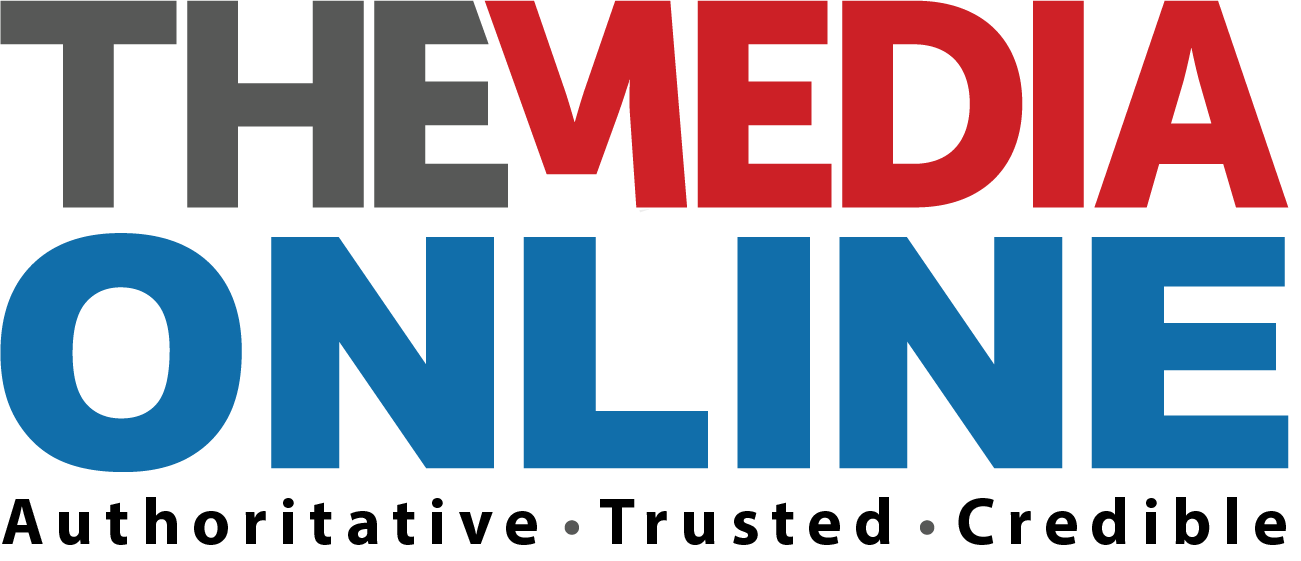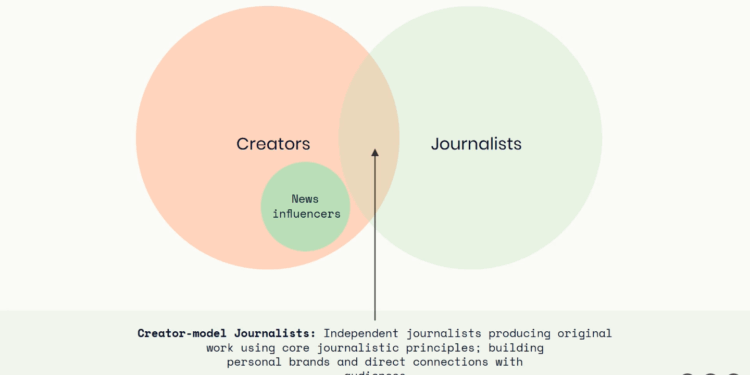When, last December, the Knight Centre for Journalism in the Americas rolled out a course for digital content creators and journalists, How to Be a Trusted Voice Online, it drew a record 9 000+ participants from 172 countries.
The overwhelming response underscored just how many people, both journalists and independent creators, are shaping the digital information ecosystem, and, from the public’s perspective, how blurred the lines between them have become.
Newsrooms are keenly aware that audiences are migrating to social platforms, gravitating toward personality-driven content that feels more accessible and authentic.
But with so much experimentation underway, there are still mixed signals about how traditional media should respond.
Should newsrooms compete with creators, collaborate with them – or carve out a way to coexist?
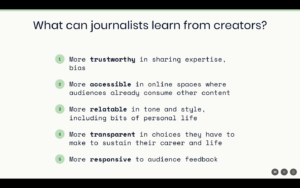
One of the most visible efforts to bridge this divide came from The Washington Post, with its “third newsroom” project, renamed WP Ventures. Positioned away from the traditional newsroom, but under the control of Executive Editor Matt Murray and Editor Krissah Thompson, it focused on social video, newsletters, and audience engagement.
It looked like a promising bet on the future and, Thompson said, had some success.
But this week, that bet changed course. The Post announced that WP Ventures will no longer function as an editorial unit. It’s being repositioned as a commercial project, reporting to the chief strategy officer. Its lead, Samantha Henig, will shift from editorial director to general manager. Thompson, a highly respected editor and key driver of the initiative, is leaving the Post under a buyout offer.
So is Dave Jorgenson, the Post’s highly popular ‘TikTok guy,’ along with two other colleagues who are striking out on their own, launching their own video company, Local News International – aiming, as Jorgenson told Forbes, to “reach an audience that can’t make sense of the current news landscape.”
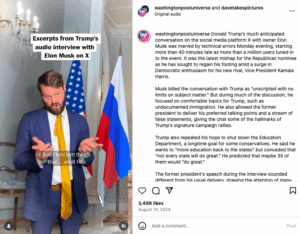
Ryan Y. Kellett, a Nieman-Berkman fellow at Harvard and former audience lead at Axios, is among those watching and studying this evolution.
At the World News Media Congress in Krakow in June, Kellett predicted further fracturing of the media environment “as more and more journalists leave their traditional jobs to be individual solo creators”.
This week, he and Ben Reininga added to the growing journalism versus creator conversation with a report, What Legacy Newsrooms Can Learn From Social Media Creators, highlighting that trust and relatability – a sense of kinship – is the overriding drawcard for news consumers.
So, if you have no social media stars on staff, should you hire non-journalist creators?
In Krakow, Kellett acknowledged publishers’ very real brand safety concerns about vetting and partnering with non-journalists – and suggests: “If you’re really uncomfortable here, try working with experts and academic creators out there that have real expertise. They exist.”
His advice to legacy newsrooms is clear: lean into the trend, or risk irrelevance.
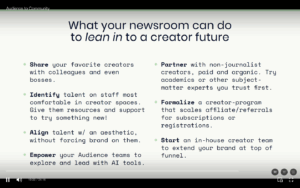
Kellett’s three-step creator adoption approach for newsrooms:
- Formalise a creator programme: Identify and develop on-staff talent most comfortable operating in the creator space.
- Align on aesthetics: Don’t force square pegs into round holes. A creator’s voice should align with the brand, without being completely absorbed by it.
- Build an in-house creator team: Use creator-led storytelling to expand your brand’s reach and relevance.
On partnering with freelance creators, journalist and creator Sophia Smith Galer says newsrooms could offer real value – if they approached the relationship the right way. “Creators would absolutely value partnerships with newsrooms,” she explains, “if they offered legal and industrial backing, fair compensation, and an attractive proposition that isn’t overly restrictive.”
But in reality, she says, that’s rarely the case. “Newsrooms often don’t have the budgets, frankly, for news creators. They expect creators to work with them and be paid unfairly for it. There’s no incentive to partner with a newsroom that offers very little and hasn’t prioritised social media, so it can’t even help you increase engagement as its own engagement is low.”
Yet collaborations exist, in various iterations. See, for example, the social collaboration between journalist-creator Enrique Anarte and media literacy initiative MediaWise by the Poynter Institute.
This story was first published by the World Editors Forum, a leading global community of editors, which is an integral part of the World Association of News Publishers (WAN-IFRA).
Lucinda Jordaan is WAN-IFRA’s correspondent in Africa.
